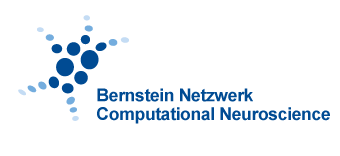Neuromorphic Tug-of-War: Balancing the Pull of Neuroscience and AI
Organizers
Matteo Saponati | Eidgenössische Technische Hochschule Zürich, Switzerland
Laura Kriener | University of Bern, Switzerland
Melika Payvand | Eidgenössische Technische Hochschule Zürich, Switzerland
Benjamin Grewe | Eidgenössische Technische Hochschule Zürich, Switzerland
Abstract
Historically, Artificial Intelligence (AI) research has been inspired by understanding how the brain works and emulating its functioning principles with artificial machines (Mead 1990). Yet, current breakthroughs in AI are driven by Machine Learning (ML) algorithms that show unbelievable performances with only minimal inspiration from actual biological networks. This success has nudged the field of Neuromorphic Computing towards ML principles, with increasing hesitation in implementing additional biological mechanisms in artificial learning systems. Nonetheless, this trend has been counterbalanced by groundbreaking discoveries in Neuroscience, indicating novel learning mechanisms that offer fast, parsimonious, and potentially powerful solutions for credit assignment. This tug-of-war between Neuroscience and AI has centered on two crucial questions: Which biological features provide promising solutions for hardware implementation, and which are merely incidental, resulting from their biological substrates? Conversely, what could Neuromorphic Computing gain by integrating knowledge from the ML community, regardless of its biological plausibility? This workshop will bring together researchers in Computational, System, and Cellular Neuroscience, Neuromorphic engineering, and ML to discuss these conflicting perspectives: (a) What are the recent Neuroscience breakthroughs in understanding learning and intelligence? Which ones have not been explored in artificial systems yet?, (b) What can we learn from the successes and failures of ML models? , and from a wider angle, (c) How much biological inspiration is needed for an artificial system to be “Neuromorphic”?




